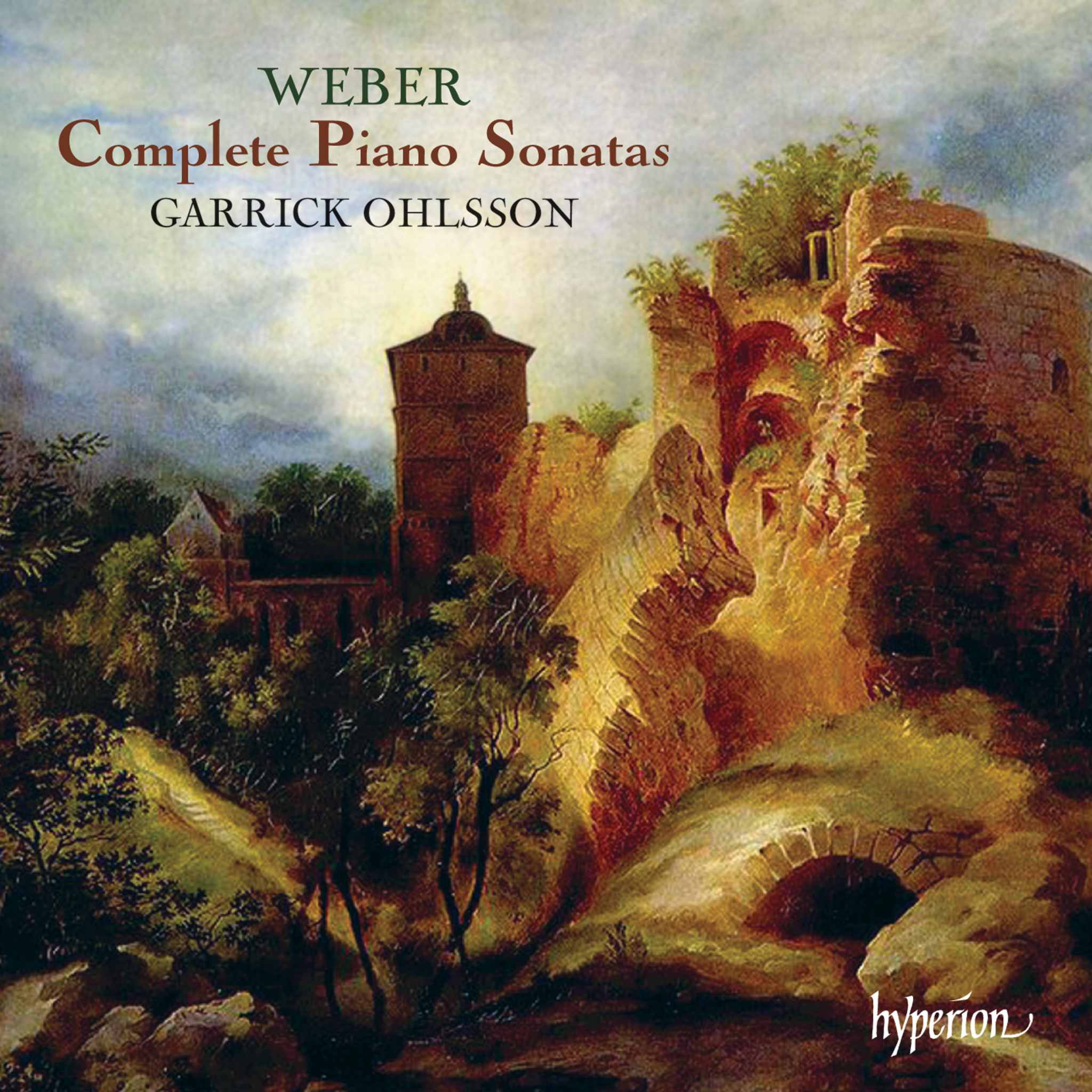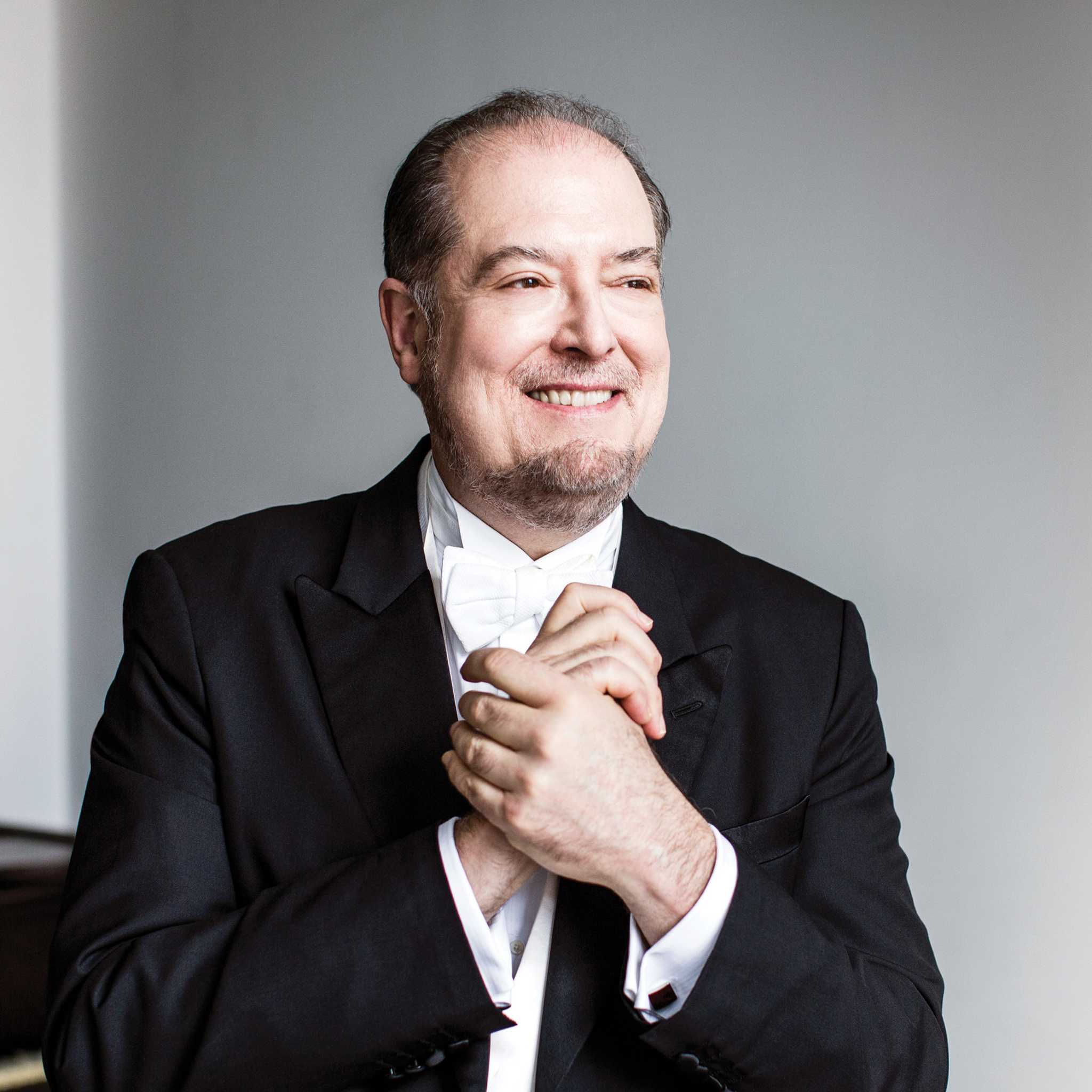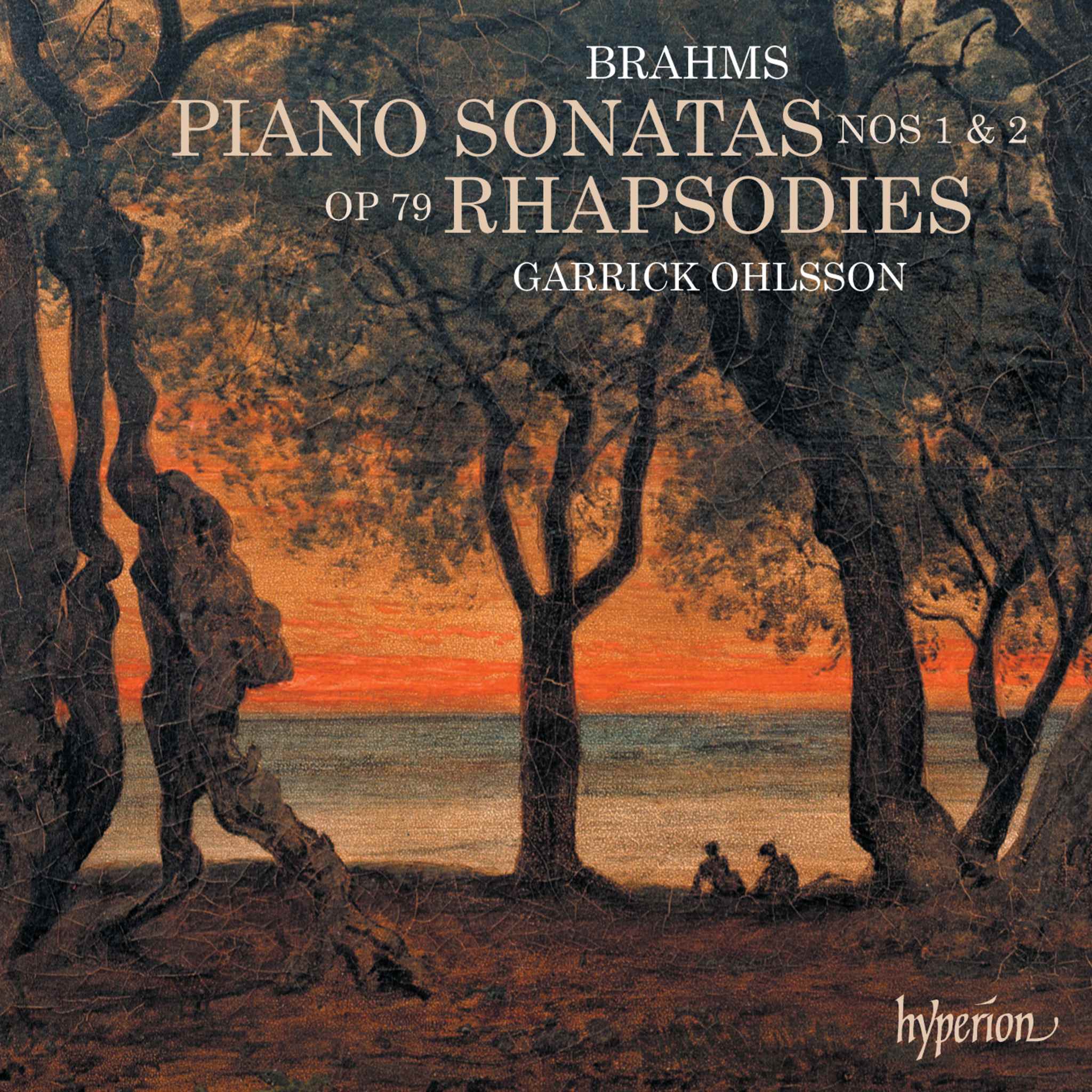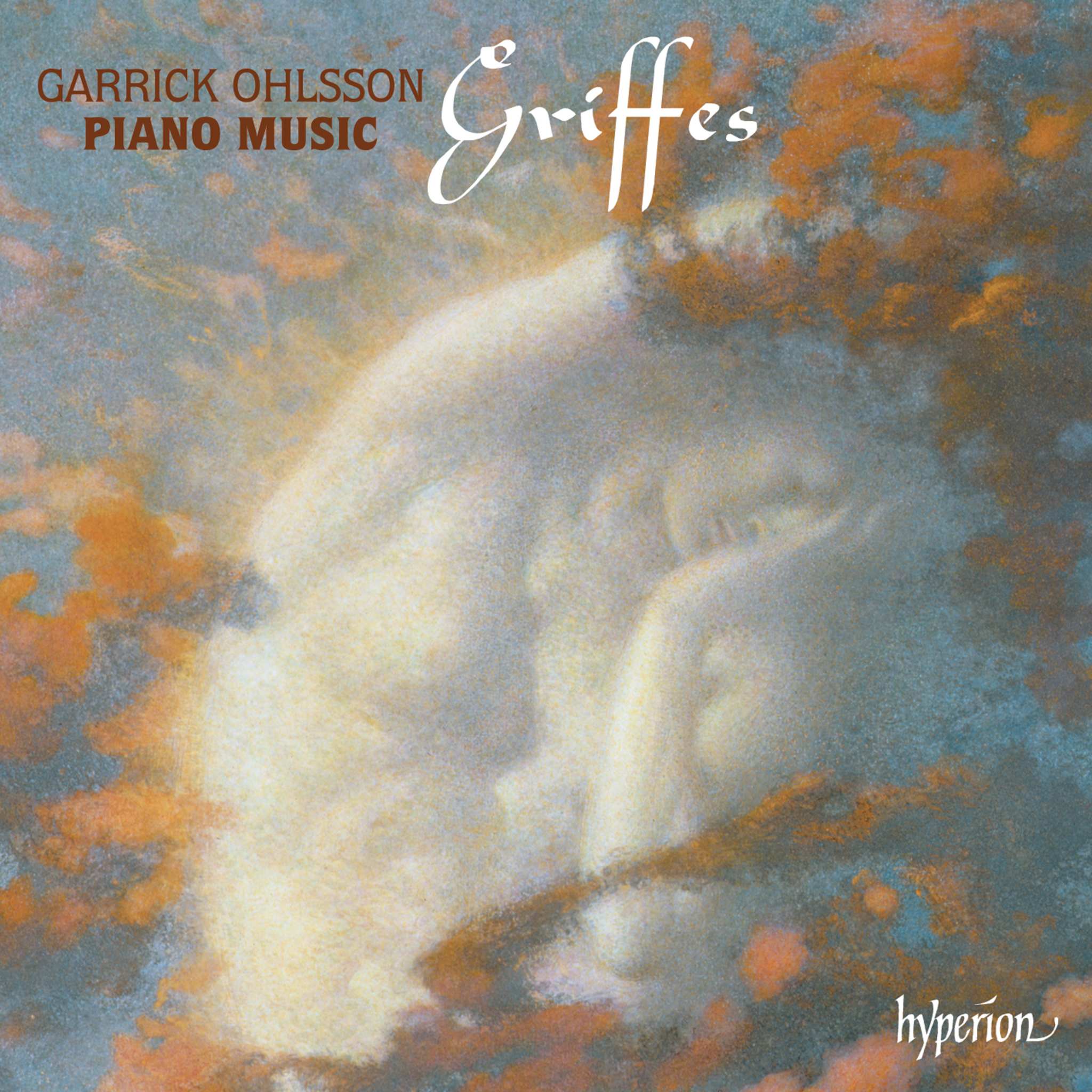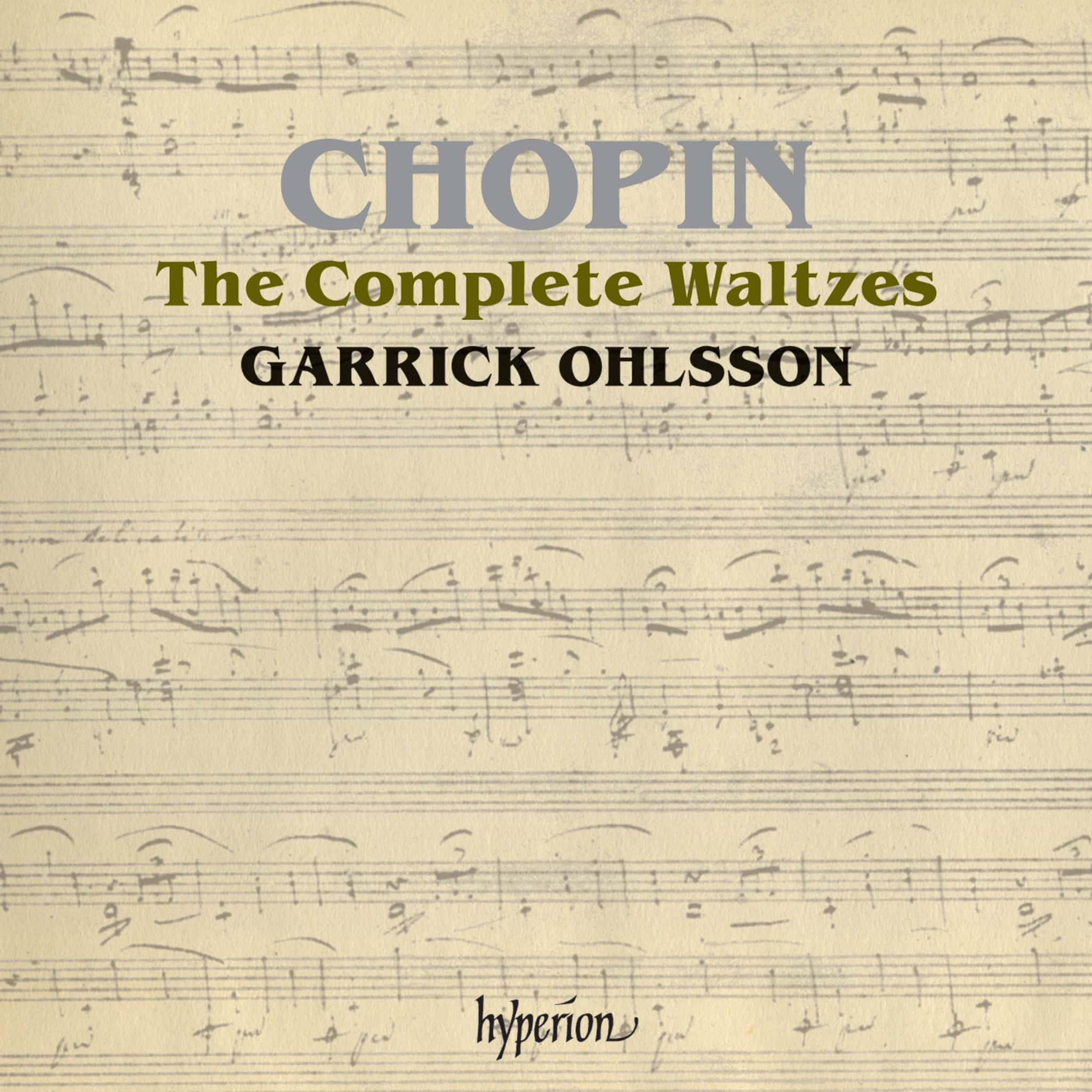Album insights
Bohuslav Martinu was most familiar with the violin among all musical instruments. He began playing it in his youth in Policka, near the Moravian border in what is now the Czech Republic. Using a stick as a violin and another as a bow, his first violin lessons came at age six from a local tailor and music teacher named Josef Cernovský. Recognizing Martinu's talent, a local businessman sponsored his violin studies at the Prague Conservatory.
In Prague, Martinu's dedication shifted from practicing violin to composing music while also playing in the Czech Philharmonic Orchestra under Václav Talich. By studying composition with Josef Suk, he honed his main musical interest. Moving to Paris in 1923 to study under Albert Roussel marked a new phase, leading to infrequent violin performances due to financial constraints.
Martinu's reputation as a competent violinist translated into high demand as a composer of instrumental music. His significant contributions to the 20th-century concert repertoire included numerous original works like violin concertos and other instrumental concertos, commissioned and acclaimed by renowned musicians worldwide. Despite initial popularity, his works like the concertos gradually faded from international performance and await rediscovery abroad, unlike in the Czech Republic.
This CD collection introduces Martinu's complete works for solo violin and orchestra across different stylistic periods. The compositions exhibit neo-classical concertos from the 1930s and neo-romantic concertos from the 1940s and 1950s, with a hint of neo-impressionist style in some pieces. Inspired by baroque principles in the concerto grosso form, Martinu innovatively employed concertante forms for multiple solo instruments, infusing his music with intricate motifs.
From the lively Concerto for Flute, Violin, and Orchestra to the Duo concertante for Two Violins and Orchestra, Martinu's works showcase his distinct style and orchestration choices. Each composition reveals a blend of his unique musical ideas, vibrant orchestral colors, and virtuosic demands, ensuring a captivating musical experience.
The slightly overlooked Concerto in D Major for Two Violins and Orchestra H329, composed during Martinu's tumultuous life changes, emerged with deep connections to Dvorák's romantic style. Featuring energetic solo passages and a lack of a slow middle movement, the concerto's fast-paced structure and technical demands offer a brilliant showcase for skilled performers. Despite delays in publication and exclusive performance rights, the concerto's rediscovery offers hope for a renewed appreciation of Martinu's musical legacy.

